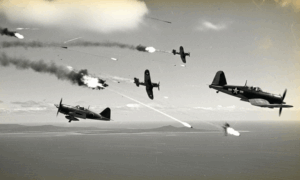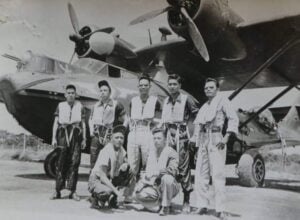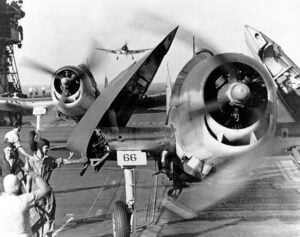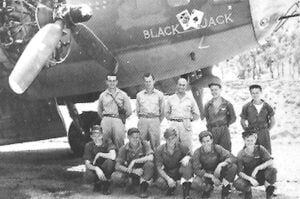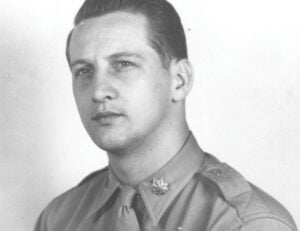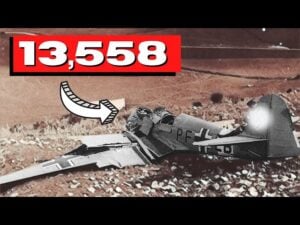Is This The Most Incredible WW2 Relic Ever?
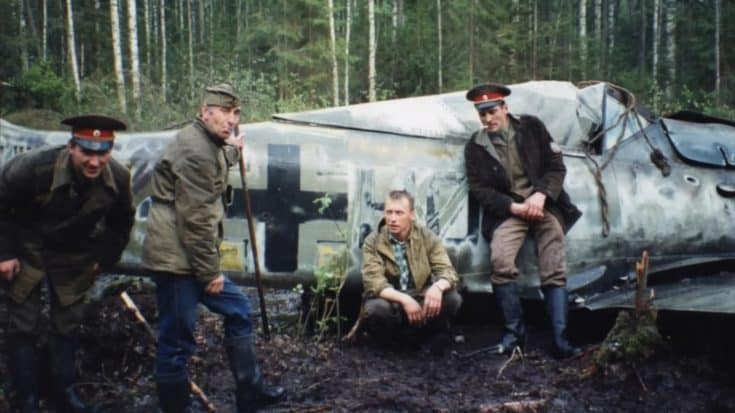
YouTube / Mark Felton Productions
Rediscovery of a Relic
In 1989, the deep forests outside Leningrad concealed a relic forgotten since 1943. In these woods, some stumbled upon a Focke-Wulf Fw 190, also known as the “Butcher Bird.”
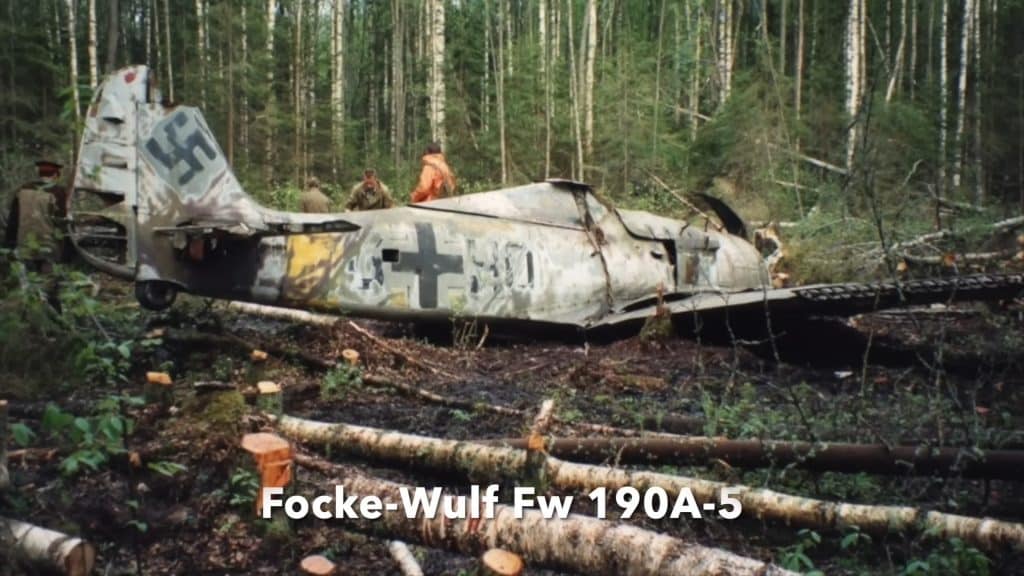
The seemingly untouched warbird lay among a group of young birch trees, its paint still largely intact. Its preservation was so remarkable that it looked as if it had crashed only days before it was found.
Identifying the Plane
When experts arrived at the scene, they identified the aircraft as an Fw 190A-5 that once belonged to the 4th Staffel of Jagdgeschwader 54. Inside the cockpit were the pilot’s leather flying helmet and headset.
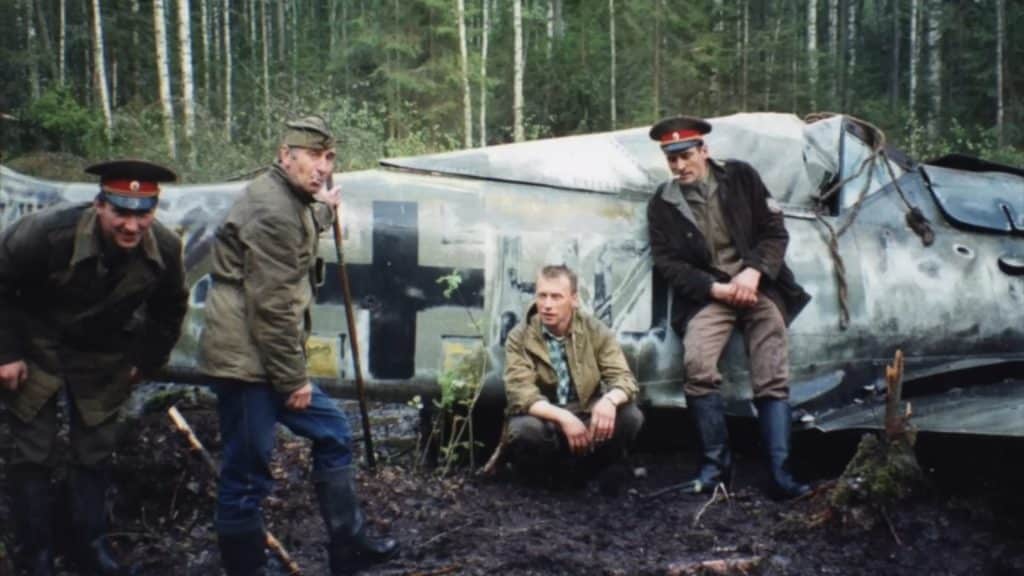
The only damage from the wheels-up belly landing was crushed wing leading edges and a cracked spar.
Knowing the Pilot
The pilot, later identified as Paul Ratz, had joined the squadron on July 9, 1943, just 10 days before the crash. Ratz flew with his squadron to attack a Soviet armored train but was apparently hit by Soviet flak, causing the crash.
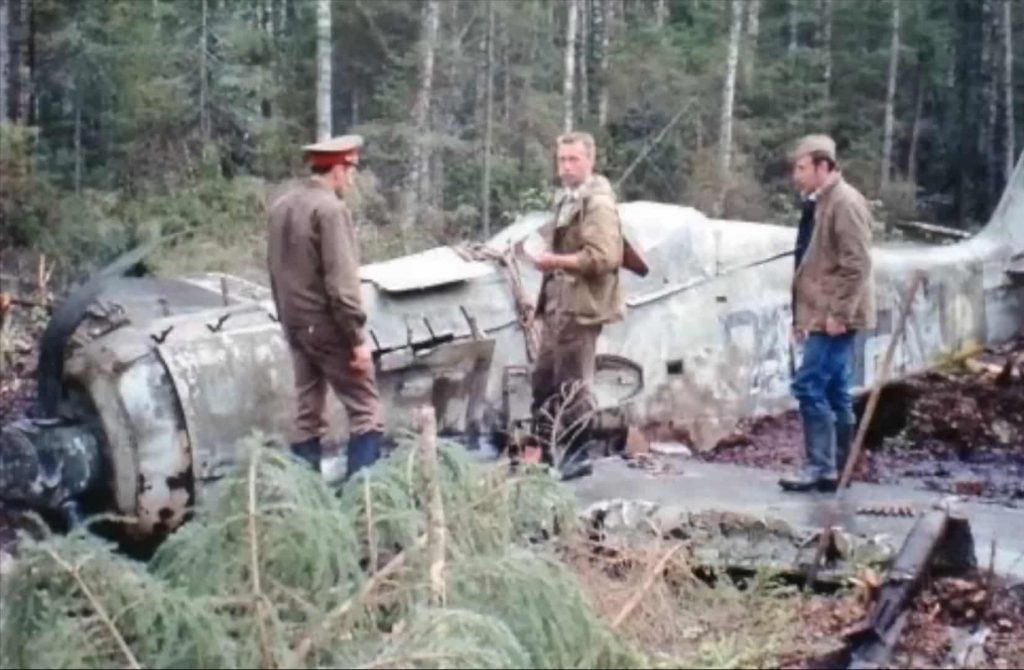
Examiners later discovered an oily rag inserted into a critical section of the engine, possibly sabotaging the aircraft by blocking an oil line during its manufacture.
After the crash, Ratz was picked up by a Soviet patrol and held as a prisoner of war until 1949. He returned to Germany that same year, started a family, and passed away shortly before his aircraft was found in the Russian forest.
The State Today
Around 1991, the Fw 190 was removed from the forest using a heavy-lift helicopter for preservation. The aircraft was eventually bought by Microsoft billionaire Paul Allen, who fully restored it to flying condition over 20 years.
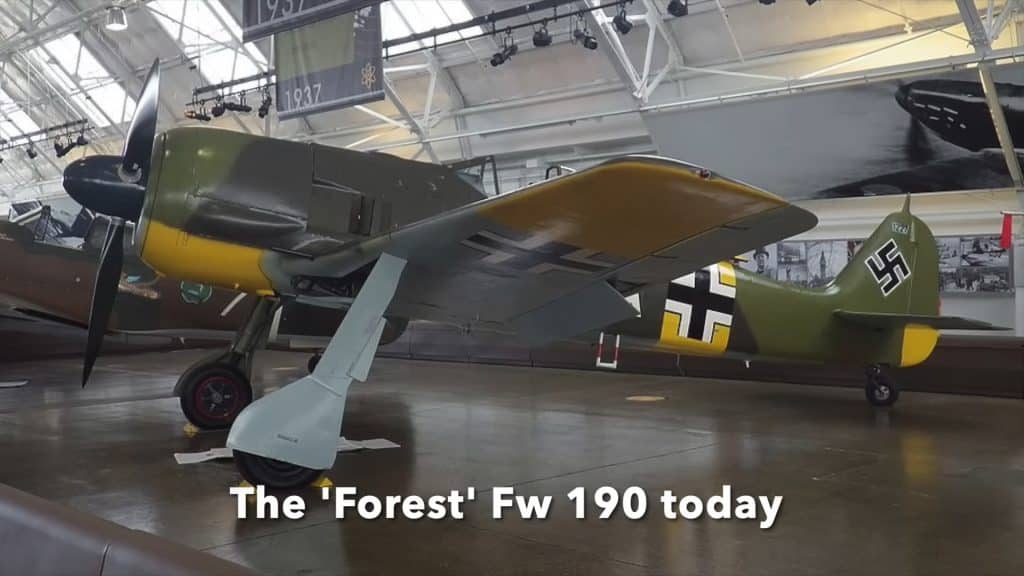
Today, this Fw 190 is considered the most completely authentic and airworthy Fw 190. It is now based at the Flying Heritage Collection in Seattle.














